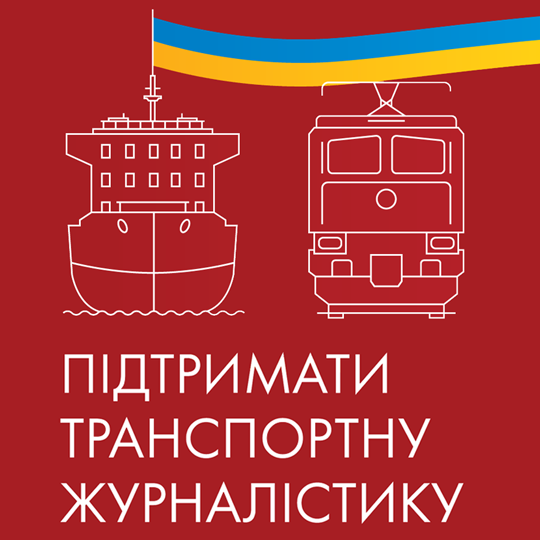The revised regulation on the European Union's guidelines for the development of the Trans-European Transport Network (TEN-T) will enter into force this week.
The European Commission announced this in a statement, the CFTS portal reports.
According to the statement, the revised regulation should strengthen the foundation of the European mobility system by setting many goals, including the following: passenger railway lines on the TEN-T core and extended core network must support trains traveling at speeds of 160 km/h or more; safe and secure parking areas will be developed on the core and extended core road network every 150 km on average; major airports handling over 12 million passengers annually must be connected by long-distance rail, thus improving passenger connectivity and making rail a competitive alternative to domestic flights; the number and capacity of transshipment terminals will be increased to meet current and projected traffic demands.
In addition, the new regulation significantly enhances the efforts to build a sustainable and resilient network as the backbone of the internal market, including strong incentives to promote more sustainable modes of transport, advance digitalization, and improve multi-modality (combining different modes of transport in a single journey within the European transport system).
Earlier this year, the European Parliament and the European Council agreed on a revised regulation on EU guidelines for the development of the TEN-T.
According to the new regulation, passenger railway lines on the core and extended core network must support trains traveling at speeds of 160 km/h or more by 2040.
The regulation also requires that major airports with over 12 million passengers per year be connected by long-distance rail, making rail a competitive alternative to domestic feeder flights.
It also requires that the number and capacity of transshipment terminals be expanded to meet traffic demand. This includes accommodating 740-meter-long trains, encouraging a shift to sustainable modes of transport, and boosting Europe's combined transport sector.
In addition, the new regulation requires all major cities along the TEN-T network (there are 430 of them) to develop sustainable urban mobility plans to promote zero- and low-emission mobility.
It also provides for the improvement of transport links with countries bordering the EU to integrate them into European transport corridors.
The network will be developed or upgraded in stages, with the new regulation setting clear deadlines for the completion of the three-layer TEN-T network: the core network should be completed by 2030, the newly added extended core network by 2040, and the comprehensive network by 2050.
As the CFTS portal reported, on December 22 Ukraine and the European Union signed a "High-Level Understanding" confirming that the modified indicative maps of the Trans-European Transport Network (TEN-T) - roads and railways - are acceptable to both parties. The purpose of the modification of the indicative maps of the TEN-T was to include in the TEN-T network new routes leading to the borders of EU member states, as well as to the Republic of Moldova.
Inclusion of the routes in the TEN-T maps will provide access to EU financial instruments for implementing infrastructure projects in the relevant areas, in particular under the European Union's Connecting Europe Facility (CEF) grant program, which will be key to improving transport links with the European Union through including Ukraine in the trans-European networks.





